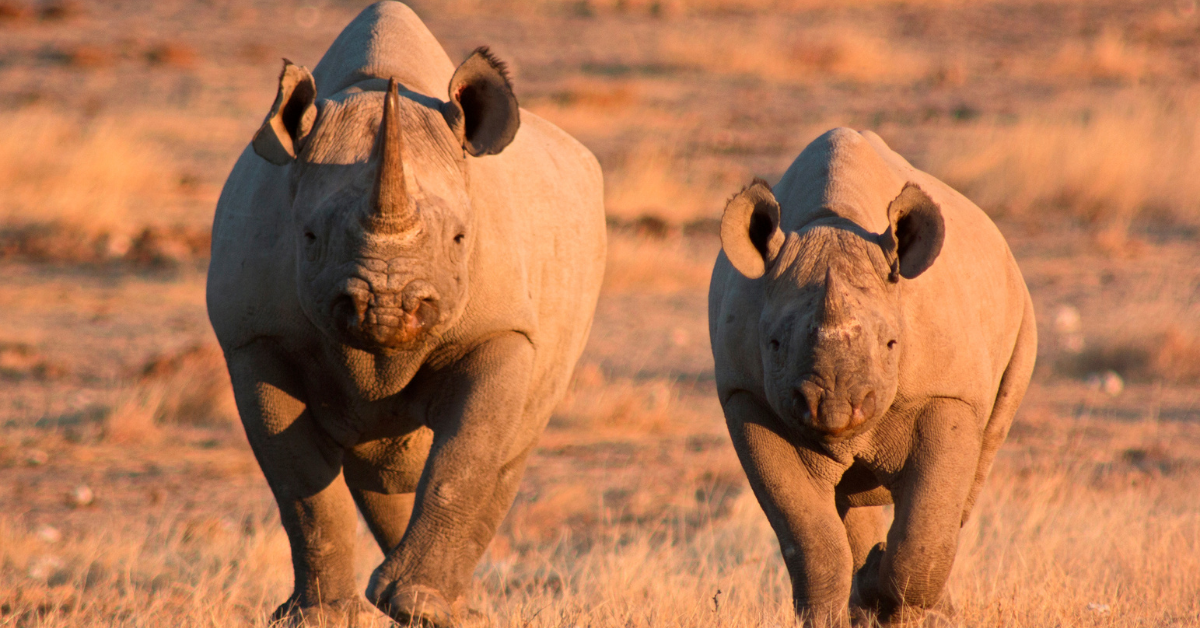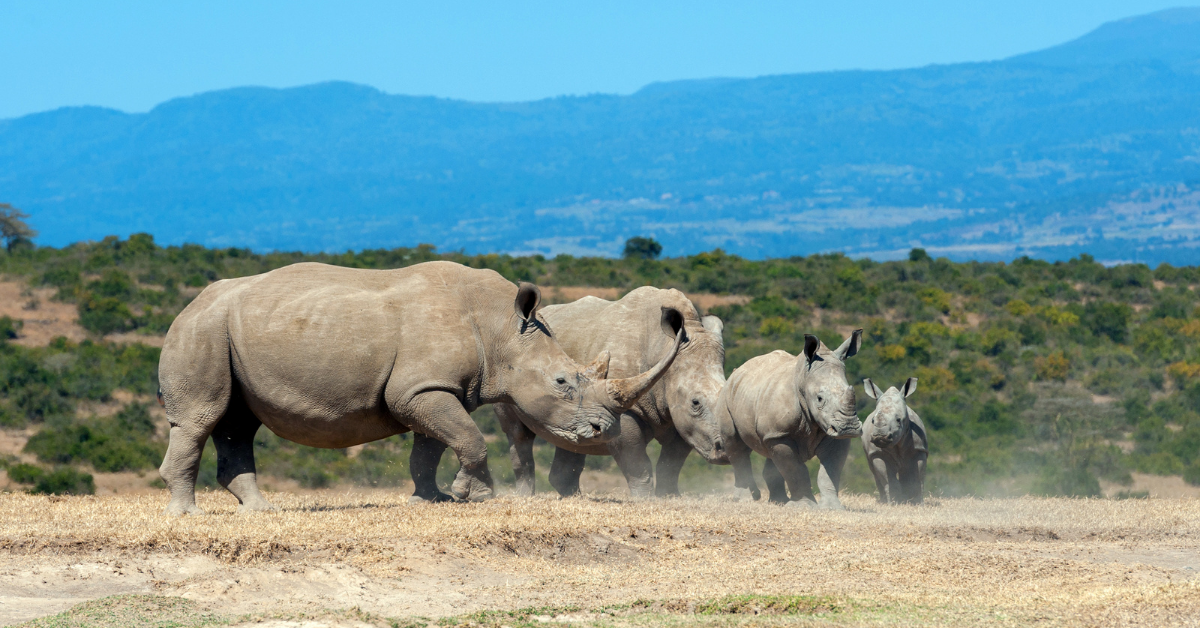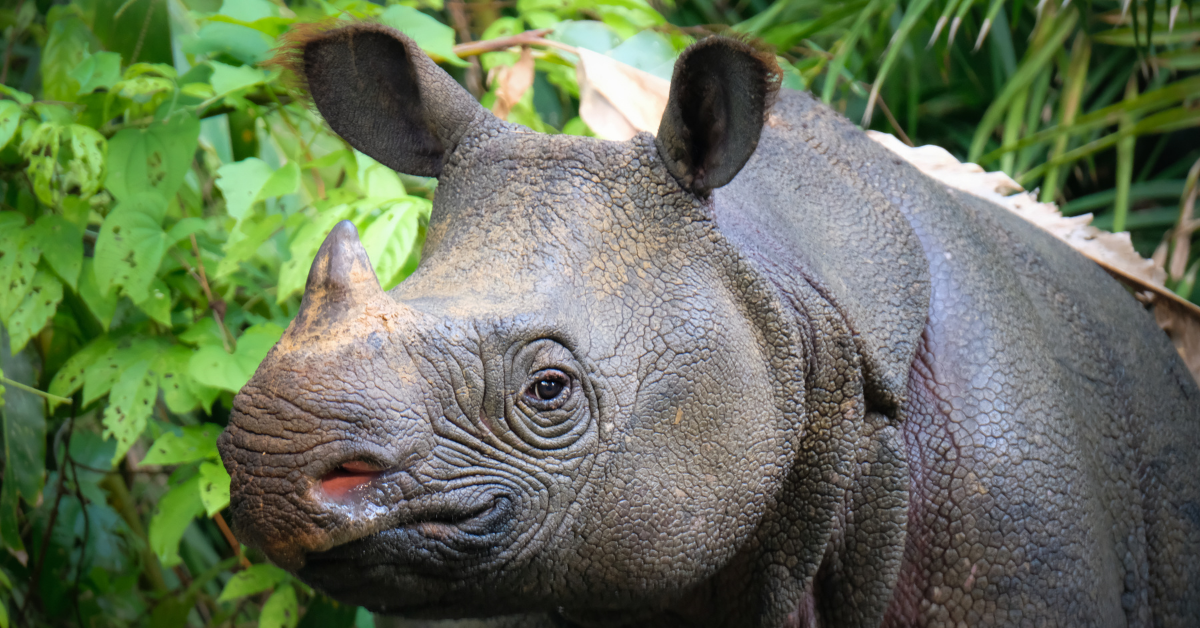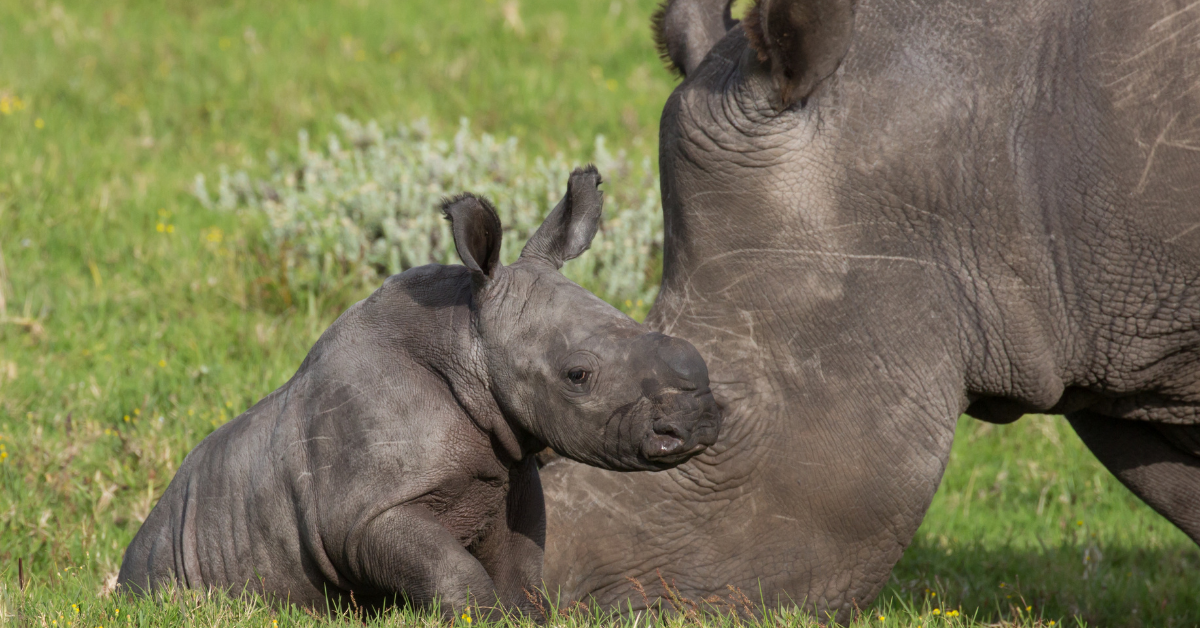
Adult cows have an average body weight of 1,350 kg and an average shoulder height of 144 cm. Adult bulls are larger with an average mass of 1,500 kg and an average shoulder height of 150 cm. The hippopotamus is one of the largest megaherbivores in the world.









